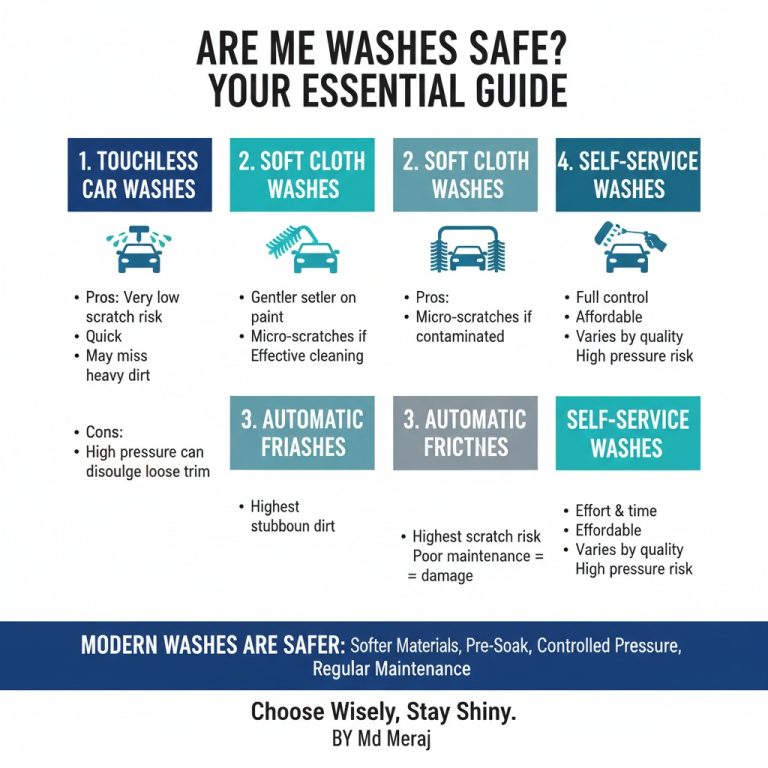When Should You Change Car Seats: Safety Essentials
You should change car seats when your child has reached either the height or weight limit on their current seat, when the seat is expired, damaged, or has been in a crash, or if it has been recalled. Additionally, the next step after outgrowing an infant seat is a convertible seat, which should be purchased no later than your child’s first birthday.
It is important to consider the safety guidelines provided by organizations such as the National Highway Traffic Safety Administration (NHTSA) and Safe Kids Worldwide when making decisions about when to change car seats for children. Regularly replacing car seats for kids is also recommended for optimal safety.
Introduction To Car Seat Safety
Car seat safety is crucial for the protection of your child. It is important to know when to change car seats to ensure their safety. According to guidelines, a child has outgrown their infant seat when their head is less than an inch from the top of the seat when buckled in. You should also consider changing the car seat if your child has reached the height or weight limit, if the car seat is expired, damaged, or has been in a crash, or if it has been recalled. After outgrowing an infant seat, the next step is a convertible seat, which should be purchased no later than your child’s first birthday. It is recommended to refer to the National Highway Traffic Safety Administration for safety guidelines and ratings for car seats and booster seats.
Recognizing The Right Time For A Change
It’s important to recognize the right time to change car seats based on the height and weight limits of the child. Once the child has outgrown these limits, it’s crucial to make the switch. Additionally, the head position and car seat fit are also key factors to consider. If the top of the child’s head is less than an inch from the top of the seat when buckled in, it’s time for a change. Furthermore, car seats should be replaced if they are expired, damaged, involved in a crash, or recalled. It’s recommended to transition to a convertible seat after outgrowing an infant seat, ideally by the child’s first birthday, for a higher rear-facing weight limit. Always prioritize car seat safety and adhere to the guidelines provided by reputable organizations such as the National Highway Traffic Safety Administration and Safe Kids Worldwide.
Age And Stage Considerations
Transitioning from infant seats to convertible seats is an important milestone in your child’s car seat journey. Infant seats are designed to accommodate newborns and infants up to a certain weight and height limit. Once your child outgrows these limits, it’s time to switch to a convertible seat.
A convertible seat provides a higher weight and height limit, allowing your child to use it for a longer period. It can be used in both rear-facing and forward-facing positions, providing flexibility as your child grows.
When considering the transition to a convertible seat, it’s crucial to check the height and weight limits specified by the manufacturer. Ensure that your child falls within these limits before making the switch.
Expiration Dates Matter
Car seats have expiration dates that should be taken seriously. It is important to locate the expiration date on the car seat, as using an expired one can be dangerous. Car seats expire due to the wear and tear they experience over time, which can affect their safety. Additionally, changes in regulations and standards for car seat manufacturing may also contribute to the expiration. Therefore, it is crucial to be aware of the expiration date of your car seat and replace it when necessary.
Assessing Car Seat Damage
When it’s important to change car seats, always check for visible wear and tear. Additionally, assess any damage that could compromise safety. Look for cracks, fraying, or dents that indicate deterioration. Moreover, ensure the expiration date hasn’t passed. In addition, if the car seat has been in a crash, it’s crucial to replace it. Remember to also stay updated on any recalls that may affect the seat. Ultimately, prioritize your child’s safety and well-being when deciding whether to change car seats.
The Aftermath Of Accidents
After an accident, you should change car seats if they are damaged, expired, or have been in a crash. Additionally, if your child has reached the height or weight limit of the car seat, it’s time for a change. Keeping your child safe is crucial, so be sure to follow these guidelines.
| Evaluating Car Seat Integrity Post-Accident |
| After a car accident, it is crucial to evaluate the integrity of your car seat. If the car seat has been in a crash, it must be replaced immediately, even if there is no visible damage. The force of a collision can compromise the structure of the seat, making it less effective in protecting your child in the future. Many car seat manufacturers have crash replacement programs, so it’s important to check with them to see if you are eligible for a free replacement. Additionally, car seats also have an expiration date, and it is recommended to replace them every 6-10 years depending on the manufacturer’s guidelines. Any damage to the car seat, whether it’s from a crash or not, can also compromise its integrity, so it is important to inspect it regularly and replace it if necessary. |
Recalls And Safety Alerts
It’s important to stay informed on recalls and safety alerts regarding your child’s car seat. If you receive a recall notice, it’s crucial to respond promptly and follow the instructions provided. In general, you should consider changing car seats if your child has outgrown the height or weight limit, the car seat is expired, damaged, or has been in a crash, or if there is a recall on the specific model.
When it comes to transitioning to a new car seat, it’s recommended to move to a convertible seat once your child outgrows their infant seat, typically around their first birthday. Be sure to regularly check for any recalls or safety alerts, and follow the manufacturer’s guidelines for the specific car seat you are using.
Proper Installation And Use
It’s important to know when to change car seats. If your child has outgrown the seat’s height or weight limit, or if the seat is expired, damaged, or has been in a crash, it’s time to replace it. For infants, the next step after outgrowing an infant seat is a convertible seat, recommended to be purchased no later than the child’s first birthday. Proper installation and use of car seats are crucial, including ensuring correct harness use. Always follow the guidelines provided by the National Highway Traffic Safety Administration and other reliable sources to ensure the safety of your child.
Seeking Professional Guidance
When it’s time to change car seats, it’s essential to consider consulting with Child Passenger Safety Technicians. These professionals can provide valuable guidance on car seat safety and help ensure that you’re making the right decision for your child. Additionally, it’s crucial to stay informed about the resources for car seat safety, such as the guidelines provided by the National Highway Traffic Safety Administration. By seeking professional advice and utilizing available resources, you can make informed choices regarding your child’s car seat needs.
Faqs And Common Concerns
When should you change car seats? You should consider changing car seats when your child has reached either the height or weight limit, when the car seat is expired, damaged, involved in a crash, or has been recalled. The next step after outgrowing an infant seat is a convertible seat, which should be purchased no later than your child’s first birthday.
Choosing the right car seat model is crucial for the safety of your child. When it comes to switching car seats, there are a few common concerns and frequently asked questions. One common concern is the difference between forward-facing and rear-facing car seats. Rear-facing seats are recommended for infants and young children as they provide better support for their head, neck, and spine in the event of a crash. However, once your child reaches the height or weight limit specified by the car seat manufacturer, it’s time to switch to a forward-facing seat. Other factors that may require a car seat change include if the seat is expired, damaged, involved in a crash, or has been recalled. Remember to always refer to the guidelines provided by the National Highway Traffic Safety Administration (NHTSA) and the car seat manufacturer for the most accurate and up-to-date information on when to change car seats.
Conclusion
To ensure your child’s safety while on the road, it’s important to know when to change car seats. Keep an eye out for signs such as reaching the height or weight limit, expiration dates, damages, and recalls. When these signs are present, it’s time to transition to a new car seat to ensure maximum safety for your child.
Make sure to follow the recommended guidelines and consult with a professional if needed. By staying aware and proactive, you can give your child the safest and most comfortable ride possible.




